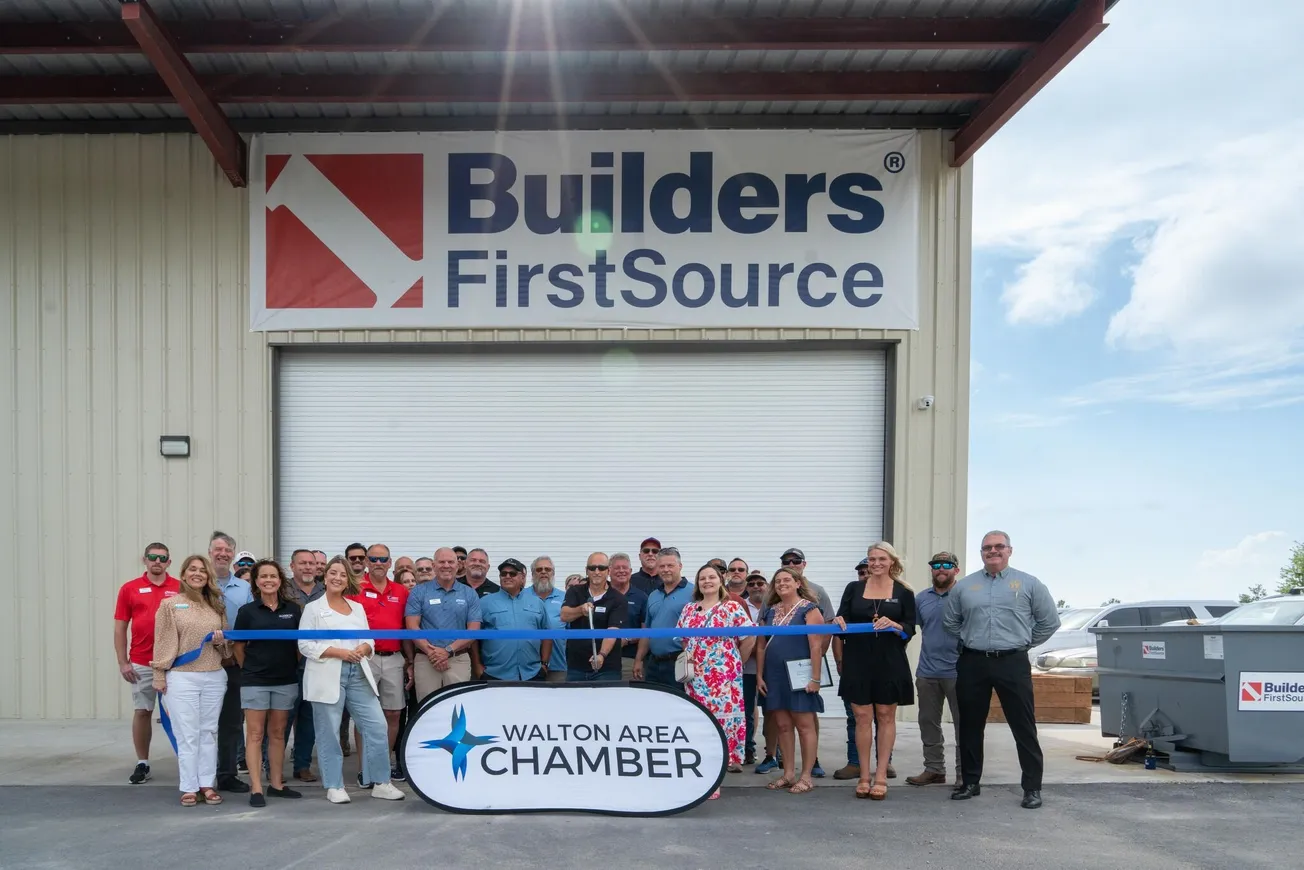Table of Contents
The first exercise I do with any group is the “Salespeople Are.” We make a T with two columns beneath the phrase “Salespeople Are:” and we title the left-hand column “Negatives.” I then ask the class to shout out the negatives about salespeople. “Pushy” is number one 95% of the time. The reason I do this exercise is because there is a lot of negative prejudice against salespeople. Many of my students have been raised by parents who don’t like salespeople. They imbue this negative perception into their children, who I end up having to teach sales to.
I tell my students, “We do this exercise first because it is my number one problem when coaching salespeople. If you are ashamed of being a salesperson, you will never be great at it and as good as you might become, it will happen slower because you will pull punches at every step of the sales process.” Can you imagine trying to teach someone how to box who doesn’t want to hurt their opponent? How good of a boxer can anyone be if they pull their punches, while their opponent is doing everything they can to knock them out?
Have an Opinion
A student asked me, “How do we create a sense of urgency without being pushy?” I told him, “Just sell the truth. The truth will set you free, but it will not sell itself.” Great salespeople sell the truth. They know why their proposal or product is a good deal for their customers and are willing to sell those reasons. Many of my students are afraid to be wrong; “What if I tell the customer this is a good deal and then the market comes off?”
There is difference between being wrong and lying. If we work for a reputable company with sales professionals around us, we are going to be right about the market 85% of the time. That brings value to our customers. No one will be right on the market 100% of the time so we don’t need to be afraid of being wrong. What we can’t do is lie.
A great salesperson once told me, “James, they get mad, but they get over it.” I sold one of my best customers 20 trucks of #2 common boards that proceeded to drop—$200/MBF in two weeks. “You top-ticked, Jimmy,” he said in a chilly voice. “I’ll never buy from you again.”
I asked my wife, “Do you like this house?” She said, “Yes, why?” “Because we might not be living here much longer!” It took a month, but he bought from me again.
Promote Don’t Push
Most sellers present product and let the customer decide:
Quotron: “Good morning, Susan. I’ve got a truck of 2×4 #3 14s I can get into at $750/MBF. Whaddya think?”
This call is definitely not pushy, but it isn’t a sales call either.
Master Seller: “Good morning, Susan. I’ve got five trucks of 2×4 #3 14s. They are a great deal for us because: (1) The market is tight on 14s. (2) I’ve got a smokin’ price on these and (3) I can work with you on the shipment. How many can you use?”
The second approach is superior because it tells the customer why what we are presenting is a good deal, not just what it is. There is no push.
Most customers then ask,
Susan: “What’s the price?”
Master Seller: “That’s the best part. We can land these for $750/MBF, which is a great deal. How many can we use?”
There is no push. The Master Seller asks for the order twice while the amateur asks zero.
Overcoming Objections
We can overcome objections once or twice before we start to move into the “pushy” realm. The formula:
Customer: “I’m going to hold off and wait for this market to come back.”
Master Seller: “I understand wanting to wait, but based on the inventory we have and what I am seeing in the market, I think it would be better if we pick up a couple trucks for insurance. Let’s put on a couple.”
The Master Seller understands there will be objections. They anticipate them and are ready with well thought out reasons that in spite of the objections, their deal is still worth buying. They are prepared, not pushy.









